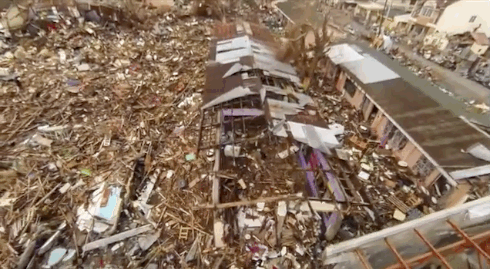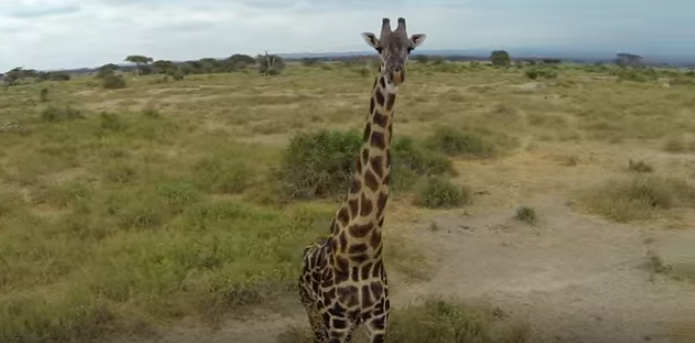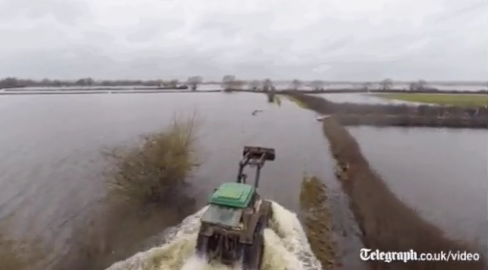Five great examples of drone journalism
This week we’ve been taking a look at the world of drones, sharing the latest news on these flying machines whose popularity is sure to take off even more in the future. At a fraction of the cost of traditional methods of aerial reporting such as helicopters, and with tight regulation slowly lifting as public perception improves, drones are fast becoming an essential storytelling tool in newsrooms across the globe.
Here, we round up some of the best of drone-enhanced journalism so far.
1. African SkyCAM
In collaboration with DISummit 2016 speaker Ben Kreimer, the African SkyCAM team have created some amazing videos of African wildlife and landscapes using drones. Check out some of their videos, including this one, shot in Kenya and made in collaboration with the African Wildlife Foundation and Big Life Foundation.
2. Lewis Whyld at The Daily Telegraph
In the aftermath of Typhoon Haiyan in the Philippines at the end of 2013, British drone journalist Lewis Whyld captured footage of the wreckage – including the remains of destroyed buildings and bird’s-eye views of rubble-strewn villages. More recently, he captured aerial video of flood-drenched landscapes in the north of England. See examples of his work in this article from BuzzFeed.
3. Danny Cooke in Chernobyl
Danny Cooke’s stunning footage – captured by drone – shows the current state of Chernobyl, decades after it was evacuated as the result of a nearby nuclear meltdown. Cooke’s methods provide an invaluable insight into a world humans have long been forbidden from entering, and the results are fascinating. Watch his video here.
4. BuzzingCities’ Favela Project
Ahead of the Rio Olympics 2016, the BuzzingCities Lab experimented with capturing footage of the city’s much-neglected favelas. The video is striking, capturing the extent of these impoverished regions. Watch it here.
5. BBC News – Auschwitz from above
Captured by the BBC, this much-watched drone footage of the Nazi concentration camp of Auschwitz in Poland is much more emotive and gut-wrenching than ground-level footage would be, revealing through stark imagery the vastness and coldness of the place from above.







